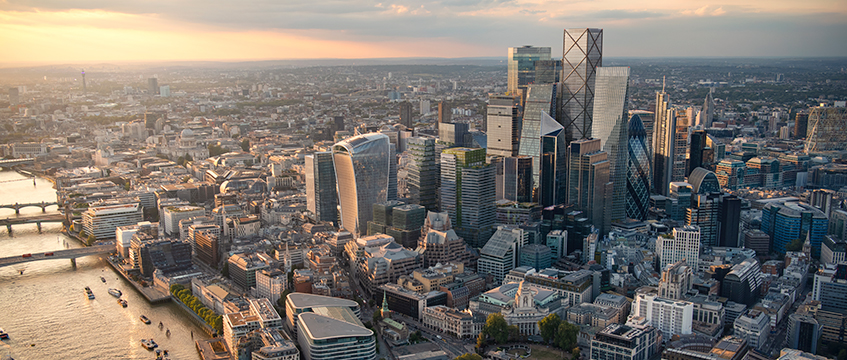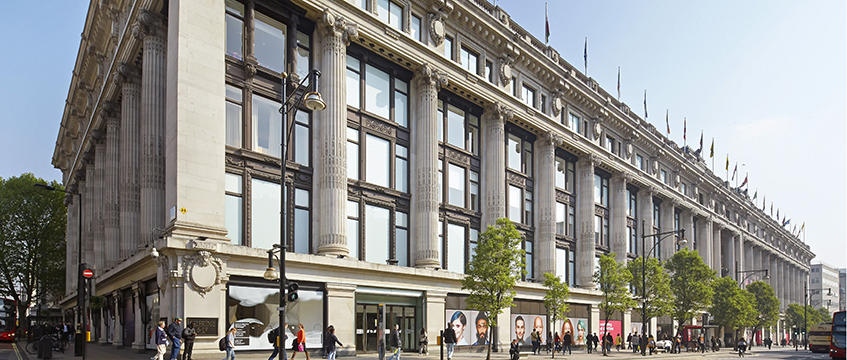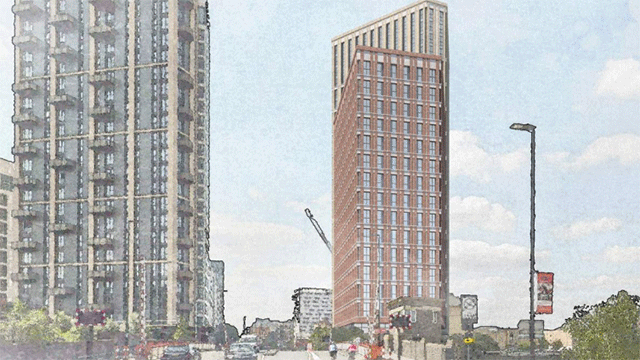London has 583 buildings of more than 20 storeys “queuing up” in its development pipeline, the latest tall buildings report by New London Architecture has found.
The amount is double the 270 tall buildings completed in the decade to 2023, according to the London’s Growing Up: A Decade of Building Tall report. NLA said those averaged 29 storeys and included 121 structures that were at least 100m tall in the Greater London metropolitan area.
The figures also contrast with the findings in NLA’s first survey in 2014, when it identified more than 236 tall buildings in the capital’s development pipeline.
Around 58,000 homes were delivered in the past decade, representing just a tenth of the London Plan’s target of 52,000 per year.
The London Borough of Tower Hamlets hosted the most tall developments during the past decade, with 71 schemes. It also had the greatest average height, at 35.3 storeys. It developed just under 4,000 homes per year.
Housing densities increased during the decade, with Tower Hamlets increasing to between 4,000 and 5,000 rooms per hectare from around 1,000 habitable rooms per hectare.
Other areas where residential towers have multiplied include Vauxhall Nine Elms, Elephant and Castle, Polar Riverside, Wembley, Earl’s Court and White City.
Growth has been fuelled by burgeoning demand for office and residential space, according to the report, as well as overseas investment and a supportive planning environment. However, it is showing signs of reaching a plateau given increased construction costs.
The report noted that demand for grade-A offices is likely to drive developments, particularly in the City, where planning proposals and approvals have grown by a quarter year-on-year. Student accommodation is also expected to underpin construction.
Despite this, researchers indicated a wider potential slowdown in developments exceeding 20 storeys from this year onwards, citing a decrease in residential planning permissions. Factors included the slowing market, working-from-home patterns and new regulations. Higher interest rates and construction costs have also dampened demand and viability, as well as tougher planning rules in the London Plan.
Knight Frank partner and head of town planning Stuart Baillie predicted a “flattening” in the number of proposals in the next few years until the economy improves, with the exception of “really high-value areas”, but that it is “not the death of tall buildings”.
NLA director Catherine Staniland said: “While we are now seeing a slowdown in momentum for residential towers, over the next 10 years tall buildings will continue to play an important role in the capital and we are likely to see a much greater focus on sustainable construction, adaptive reuse and public accessibility.”
NLA co-founder Peter Murray said: “Tall buildings have changed the face of London substantially over the past 20 years and will continue to do so – the pipeline that NLA has tracked means there is at least 10 years’ supply that has already been defined.
“London’s population continues to grow, passing the 10m mark at the end of this decade. We still need tall buildings and NLA will continue to keep a close watch on what’s going on.”
Elsewhere, findings by CT Group showed the Shard, SE1, now garners the most positive public opinion, compared with the Gherkin, EC3, in 2014.
The proportion of Londoners happy to live in a tall building has increased to 37%, compared with 27% a decade ago.
However, half of Londoners believed there were too many tall buildings in the capital, up from 32%. Some 43% thought that tall buildings have made London look more attractive, compared with 46% in 2014.
Send feedback to Pui-Guan Man
Follow Estates Gazette














